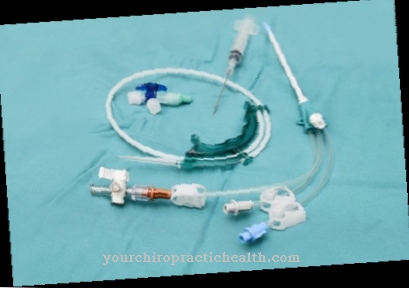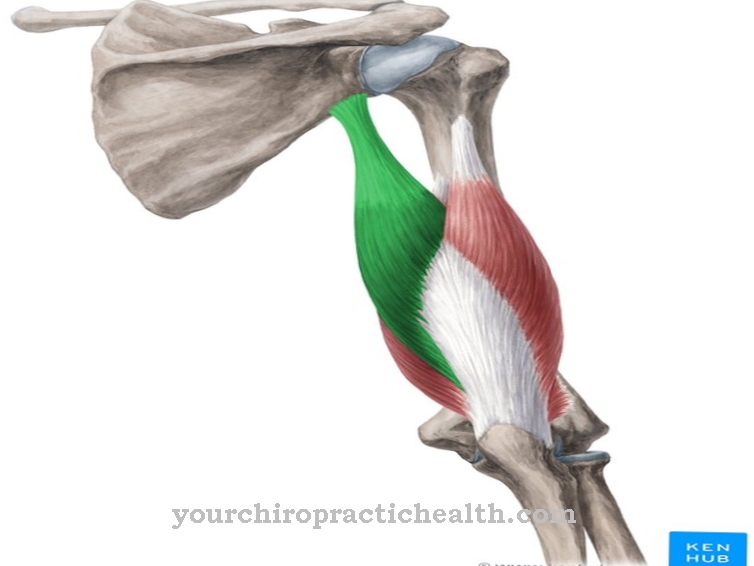Inlays are a very long-lasting type of filling with which teeth can be reconstructed and preserved with an inlay filling. Most inlays are now used in the posterior region. You can choose from among other things metal consist. Popular types of metal that are used for inlays are, for example, gold or titanium.
What is a metal inlay?

In addition to materials such as ceramic, dental cement and plastic, metals such as gold and, more recently, titanium are among the most popular and most frequently used types of material when it comes to restoring a tooth with an inlay.
Like all types of inlay, types of metal such as gold and titanium are preferably used in the posterior region. However, since these are visually more conspicuous compared to materials such as plastic, ceramics or dental cement, they are now mostly used in the rear and less visible tooth area, because here the aesthetics are often less important than in the front tooth area, where inlays are usually not used . In addition to the disadvantage that metal inlays are more noticeable because their coloring makes them stand out from the natural tooth substance, inlay types made of metal also have numerous advantages: The often very long shelf life is an advantage.
Shapes, types & types
Metal inlays today can be made of gold or titanium. In addition to the fact that the gold inlay is still the most expensive option in dental care today, it also differs from other types of material in its properties. Inlays made of gold, for example, are less noticeable due to their warmer coloring than titanium, for example, as they stand out less strongly from the tooth substance than titanium.
In addition, gold is still the most durable material in dentistry today. Many dental fillings, crowns and inlays made of gold often last at least 20 years or more. One reason for this is the high material quality that gold has, because gold is not only very compatible, but also extremely robust. Even though it is significantly softer than other materials. This also makes it easy to adapt to the gumline.
Titanium is not necessarily inexpensive either, but it can also impress with its durability and robustness. However, due to its coloring, it is usually more noticeable than other types of inlay. For this reason too, titanium inlays are mainly used in the posterior posterior region. Another reason is the high resilience of the material, which is why larger inlays in particular are often made of titanium today.
However: Regardless of whether gold or titanium inlays, all metal inlays often have to remove a lot of tooth substance, as both materials in their hardened form are too robust to be subsequently adapted to the tooth with millimeter precision. For this reason, the tooth must be prepared for the use of the inlay more strongly and over a larger area.
Structure & functionality
Inlays are intended to replace damaged parts of the tooth if they have been lost due to caries, a fracture or the like.
Metal inlays consist of a high-quality gold or titanium alloy, depending on the type of metal. They are manufactured in the laboratory after the tooth has been prepared by the dentist for the insertion of the inlay. Here, on the one hand, they are made to fit exactly using various impressions of the dentition and the prepared tooth, but on the other hand, they are also made so that they have a natural tooth shape and later fit into the dentition as best as possible. As a rule, the inlay only needs to be adjusted very slightly later. Especially with inlay types that have a more natural tooth color, such as ceramic, the tooth can often be reconstructed very naturally. As a result, an inlay is often a good alternative to the sometimes much more expensive and complex tooth crown.
You can find your medication here
➔ Toothache medicationMedical & health benefits
Like all types of fillings, inlays are intended to restore and preserve a damaged tooth. Their advantage in comparison with ordinary fillings is that they are more durable. Provided that they have been correctly and professionally made, adjusted and attached. Many inlays can last a lifetime.
Some statistics show that after 15 years only around 20 percent of the inlays need to be replaced. The causes here, however, are mostly caries infestation of the tooth or a faulty attachment that already occurred when the inlay was inserted. This is because it is attached to the tooth using different types of adhesive - but can often be easily and quickly re-glued in the correct manner if it loosens again or if there is too large a gap between the tooth and the inlay.
It is therefore advisable to have the dentist check the position of the inlay regularly. This can be done very easily, for example, during the check-up appointments. In addition to durability, the inlay also has a higher resilience and, depending on the type of inlay, a more natural appearance as further medical benefits.


.jpg)






.jpg)













.jpg)



.jpg)
